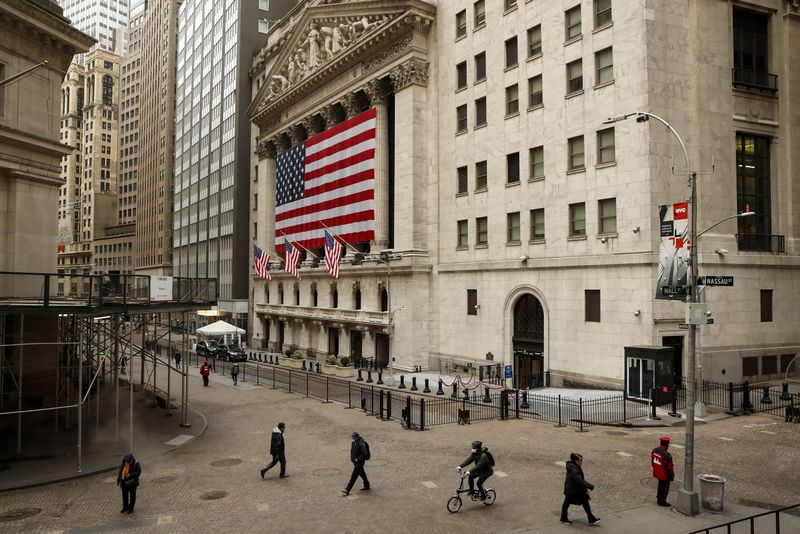By Carolina Mandl
NEW YORK (Reuters) -The rate of U.S. failed trades stood at 1.90% on Wednesday, a big test day for the recently implemented faster settlement cycle, roughly stable from Friday's number, Depository Trust & Clearing Corporation (DTCC) showed this morning.
The average fail rate in May for the period prior to the faster settlement was 2.01%, DTCC said in a statement. Market participants were expecting it to increase to 4.1% after T+1 implementation, from 2.9%, according to research firm ValueExchange.
The affirmation rate, another indicator the industry closely watches to show trades participants have verified and agreed on details, also went up to 94.55% on Wednesday, almost two percentage points higher than on Friday.
The higher the affirmation rate, the more likely trades are to be successfully settled.
Brian Steele, managing director at DTCC, said it has been a "smooth transition" for a project the industry has worked on for over three years.
DTCC said the clearing fund also decreased by $3.1 billion from the past month to $9.1 billion. This fund holds clearing requirements to cover potential defaults.
On Tuesday, U.S. trading of equities, corporate and municipal bonds and other securities moved to a one-day settlement cycle (T+1) from two days (T+2), to comply with a rule change adopted in February by the U.S. Securities and Exchange Commission.
Wednesday was the first big test for Wall Street as it settled trades executed last Friday, when T+2 was still in place, and trades from Tuesday, the first day of T+1. This was expected to lead to a rise in volume.

Despite smooth first days of the so-called T+1, market participants say it is still early to predict if rates will remain at those levels. A more comprehensive analysis would take at least a couple of weeks.
"It's at least going to take 30 days for everyone to kind of be comfortable with the new settlement cycle," said Kaisha Schnoll, assistant vice president at STP Investment Services, which provides services to investment managers.